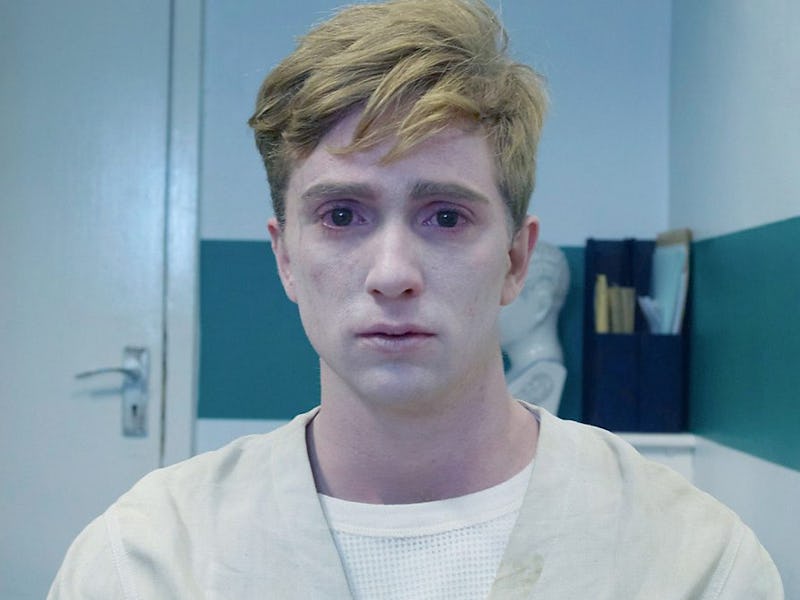10 Years Ago, an Underseen British Series Gave us a Thoughtful Take on Zombies
Many zombie stories are about the race for a cure. But what happens after the cure is found?

It’s only natural for people to have zombies on the brain, what with the first season of HBO’s The Last of Us having recently concluded. The zombie genre has had varying levels of prominence as the quality of its output ebbs and flows, and The Last of Us, compared to The Walking Dead or even The CW’s iZombie, felt like a natural evolution of the genre, a modern story through a more mature lens.
The zombie renaissance has given us plenty of great stories, from The Girl with All the Gifts to the South Korean thriller Train to Busan. But of all the zombie media to bombard us over the last decade, it’s the little-seen British series In the Flesh that showcased the most innovative and moving approach to the genre.
The two-season series stars Luke Newberry as teenager Kieren Walker, who returns home after dying and becoming a mindless zombie years prior. As a member of a zombie group that’s been reanimated and treated for what officials call Partially Deceased Syndrome (PDS), he faces instant hostility upon his miraculous return, both from a hate group known as the Human Volunteer Force that wants to eradicate what they call “rotters,” and from his younger sister, Jem (Harriet Cains), who suffered during the initial outbreak.
Season 1 follows Kieren as he tries to fold himself back into an intolerant community while navigating his arrested adolescence and reconciling the vague but haunting flashbacks of the carnage he contributed to while untreated. Those with PDS are given contact lenses and cosmetics to disguise the state of their body, which they’re told will make it easier for them to assimilate into society rather than plainly stating that it will make their presence easier on the fully-living around them.
In the Flesh is refreshing because the outbreak and the ensuing chaos aren’t the main sources of drama. Rather, it asks what happens when there’s an enforced cure, and that those believed to be nothing more than violent, empty shells can have their humanity restored. It’s common for zombie stories to make characters fight transformed versions of their loved ones, raising the question of whether they can harm those they care about. Here, the question is more interesting: can we forgive those who did terrible things they had no control over?
PDS is a rather visible ailment.
In the Flesh finds even greater tension by quietly contemplating whether it’s right to cure those incapable of asking for it at all. Some of the more poignant emotional moments come from realizing that Kiernan hadn’t died during the zombie outbreak, but had committed suicide following the death of his best friend and love interest, only to be reanimated afterward. In coming back to life, he not only has to deal with the violent ridicule of fearmongers, but he has to face a hurt family who has nothing but questions for him.
Season 1 only contained three episodes, but the show made them count, striking a formidable balance of the supernatural with an exploration of inclusion, mental health, and sexuality. Rather than get bogged down by the weight of the story, the series simply tackles these issues head-on. And while some characters make the most of their second chance at life, others face unhappy endings.
In the Flesh manages to deliver a message of hope amid grief and defeat as these characters try to survive monsters inside and out. Watching Kieren take another attempt at his coming-of-age story is moving, and occasionally devastating. By marrying the supernatural with everyday growing pains, the series beautifully depicts the timeless heartache and euphoria of growing up and discovering who you are.
This article was originally published on